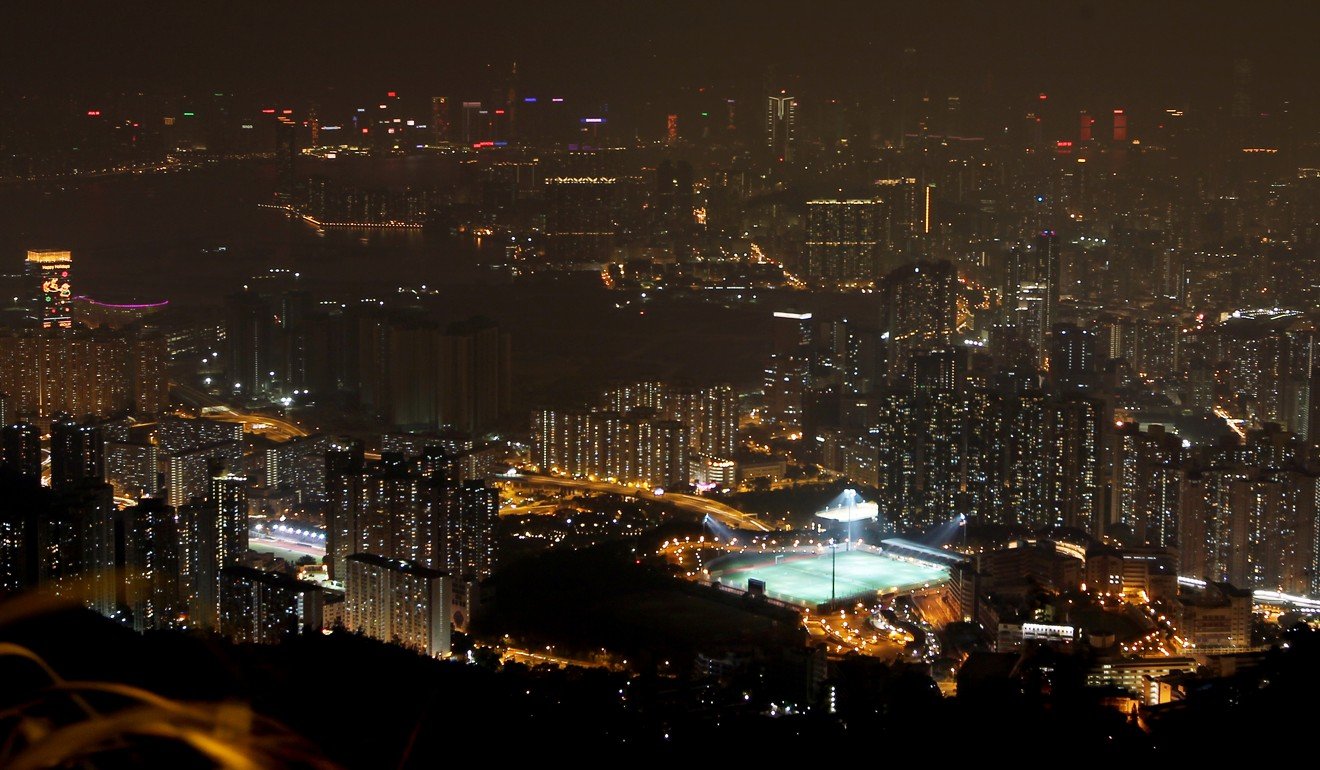
CLP tests higher fees in Hong Kong for peak-time electricity use
Fellow power company HK Electric reveals it has installed for some clients a smart meter that can record by the hour
The larger of Hong Kong’s two power companies is for the first time experimenting with differential pricing, charging more for electricity use during periods of high demand.
A one-year scheme for 26,000 residential customers, launched this month, incorporates the tariff mechanism with the installation of smart electricity meters, which will feed users real-time data about their electricity consumption via a mobile app and web portal. The app alerts users when their consumption or electricity tariff reaches a pre-set level.
At periods of peak demand – Mondays to Saturdays from 6pm to 10pm, excluding public holidays – tariffs will be set 60 cents more than the current level of HK$1.13 per unit, while off-peak periods – from 10pm to 9am – will see charges 18 cents lower than normal. Charges during regular “shoulder periods” – 9am to 6pm – will remain unchanged.

Dr Anthony Lo Chi-wah, CLP’s deputy director for smart grids programme, said the tariff mechanism would encourage customers to reduce power consumption during peak periods. “The system not only helps customers manage their electricity consumption but also further enhances supply reliability, safety and operational efficiency,” Lo said.
The programme covers private and public housing tenants, home ownership scheme flats and village houses in Kowloon and the New Territories. “We want to see if it will change behaviour,” Lo said.
With the data collected,we can consider the feasibility of expanding it to all our customers
“With the data collected,we can then consider the feasibility of expanding it to all our [two million] customers.”
Energy Advisory Committee member Dr William Yu Yuen-ping welcomed the move as many studies had shown that “time-of-use” tariffs were effective at spurring behavioural change.
But he said the changes in demand in response to higher charges differed from place to place. “In the US, studies have shown that it can achieve a 4 to 12 per cent reduction in consumption but in Britain, only a 2 to 3 per cent reduction is seen,” he said.
Residents have mixed views. Dennis Yip Ha-sze, a factory worker who lives Tuen Mun, said he would oppose a new tariff mechanism as it would put pressure on his utility bills. “I come home at 7pm every day, so we use electricity mostly in the evening,” he said.
Wong Chun-fu, a fortune-teller who lives in Kowloon City, believed it would be effective – to a degree.
“Some people may wait until 10pm to turn on their air-conditioner,” Wong said. “But for my family, we have it on all day. I don’t care how much I pay.”
Smart meters are required for electricity companies to charge different rates at different times of the day.
HK Electric said the use of smart meters was still in a trial stage and that the company had no imminent plan to install them on a large scale.
Additional reporting by Viola Zhou

